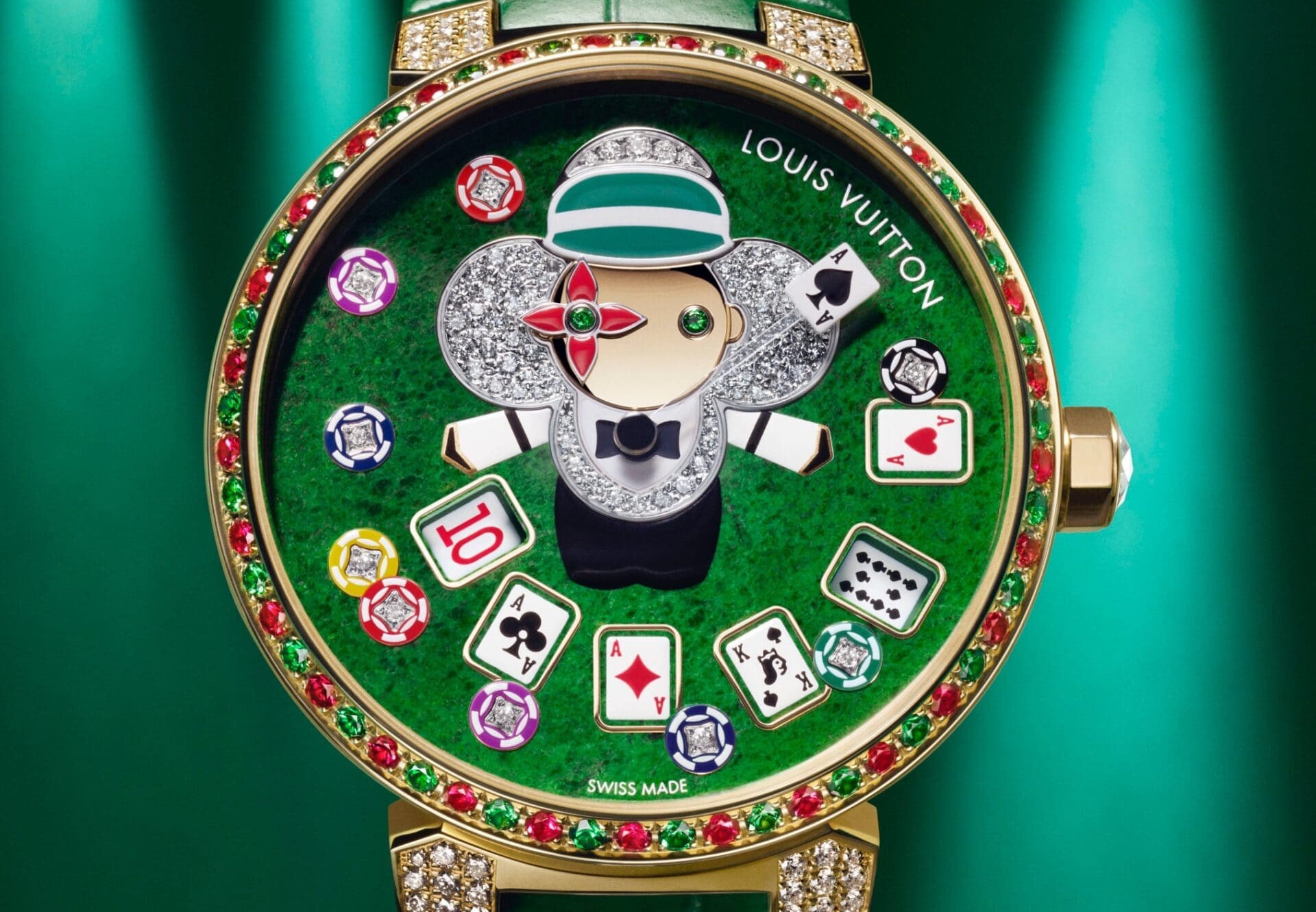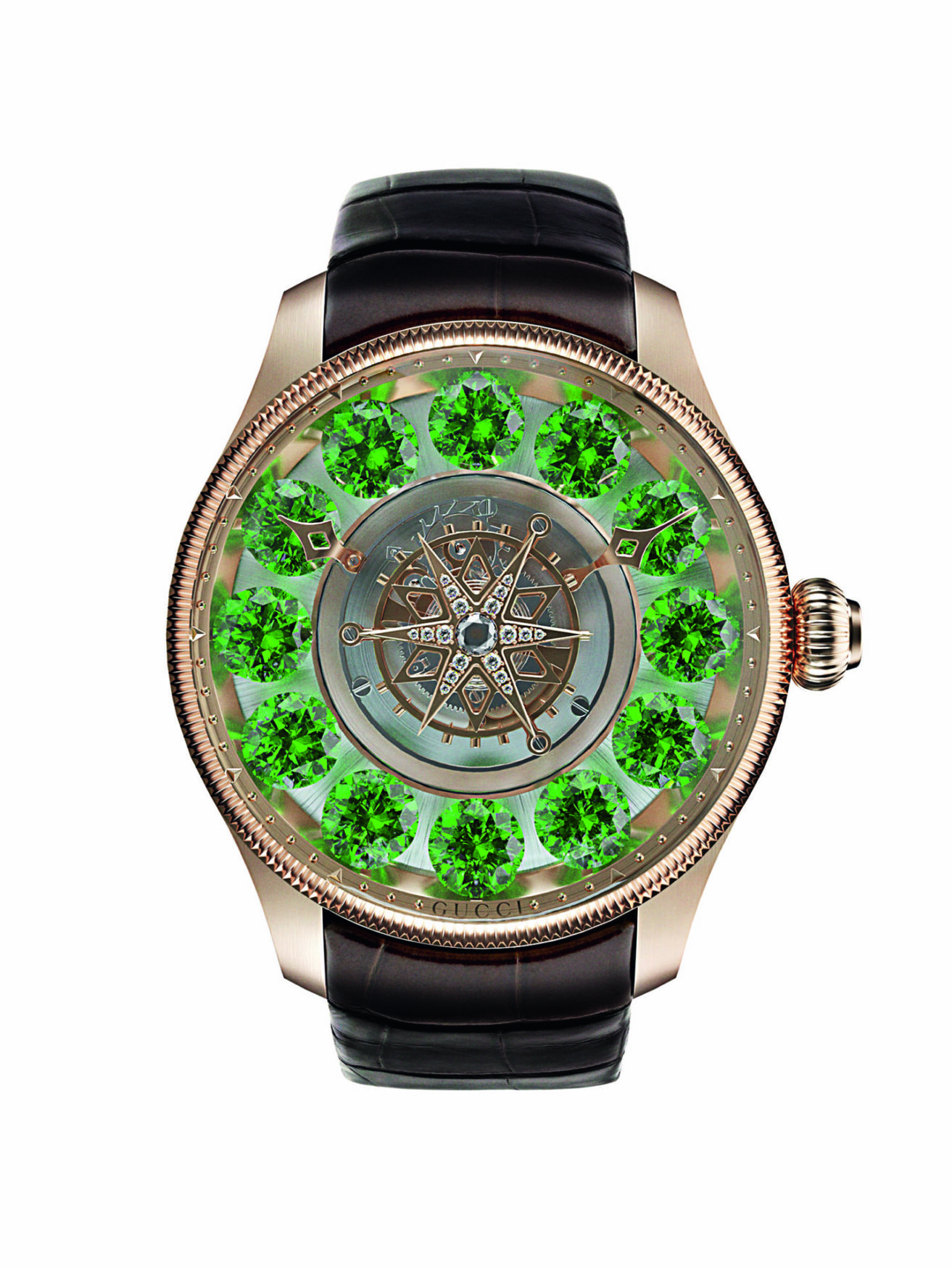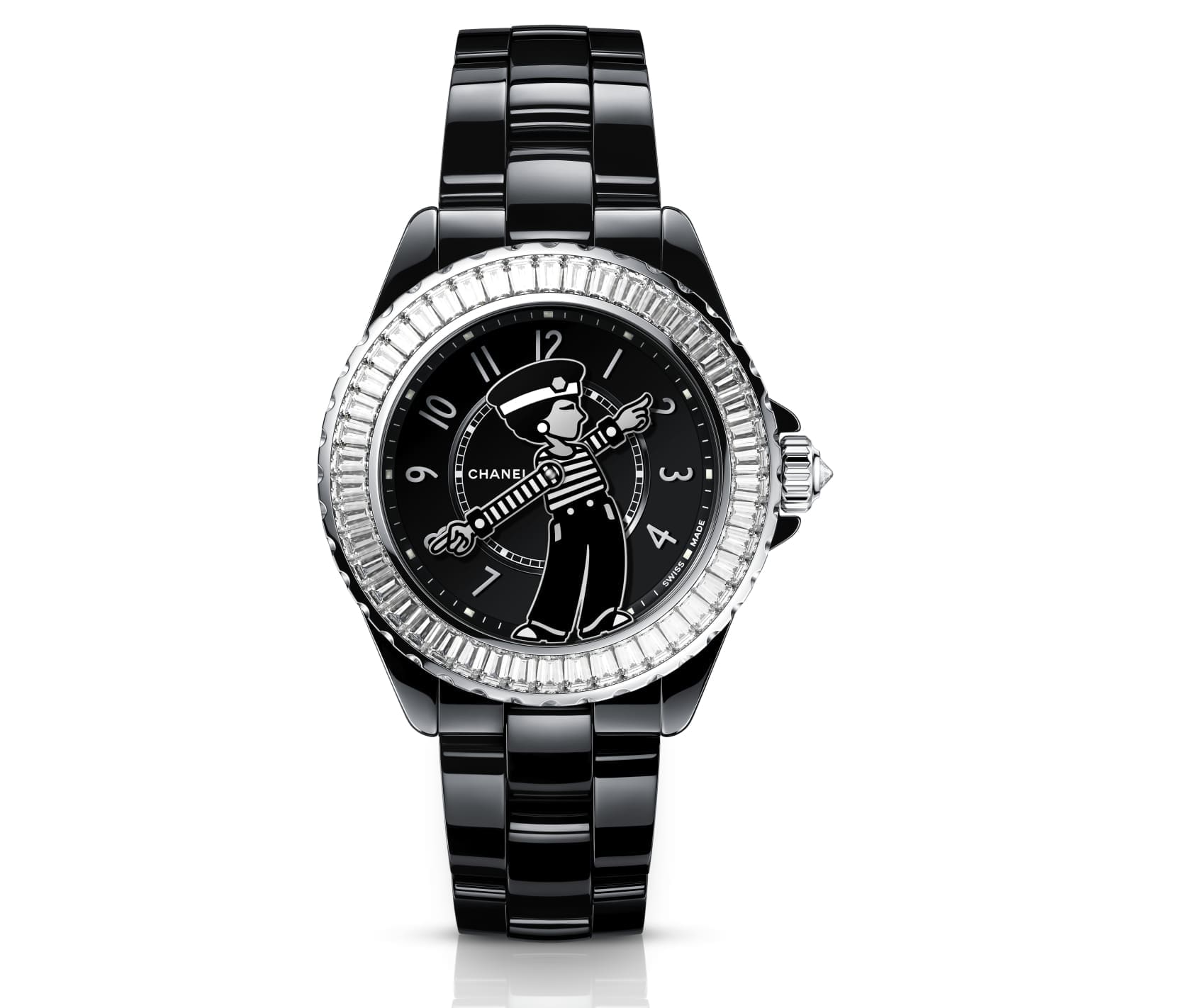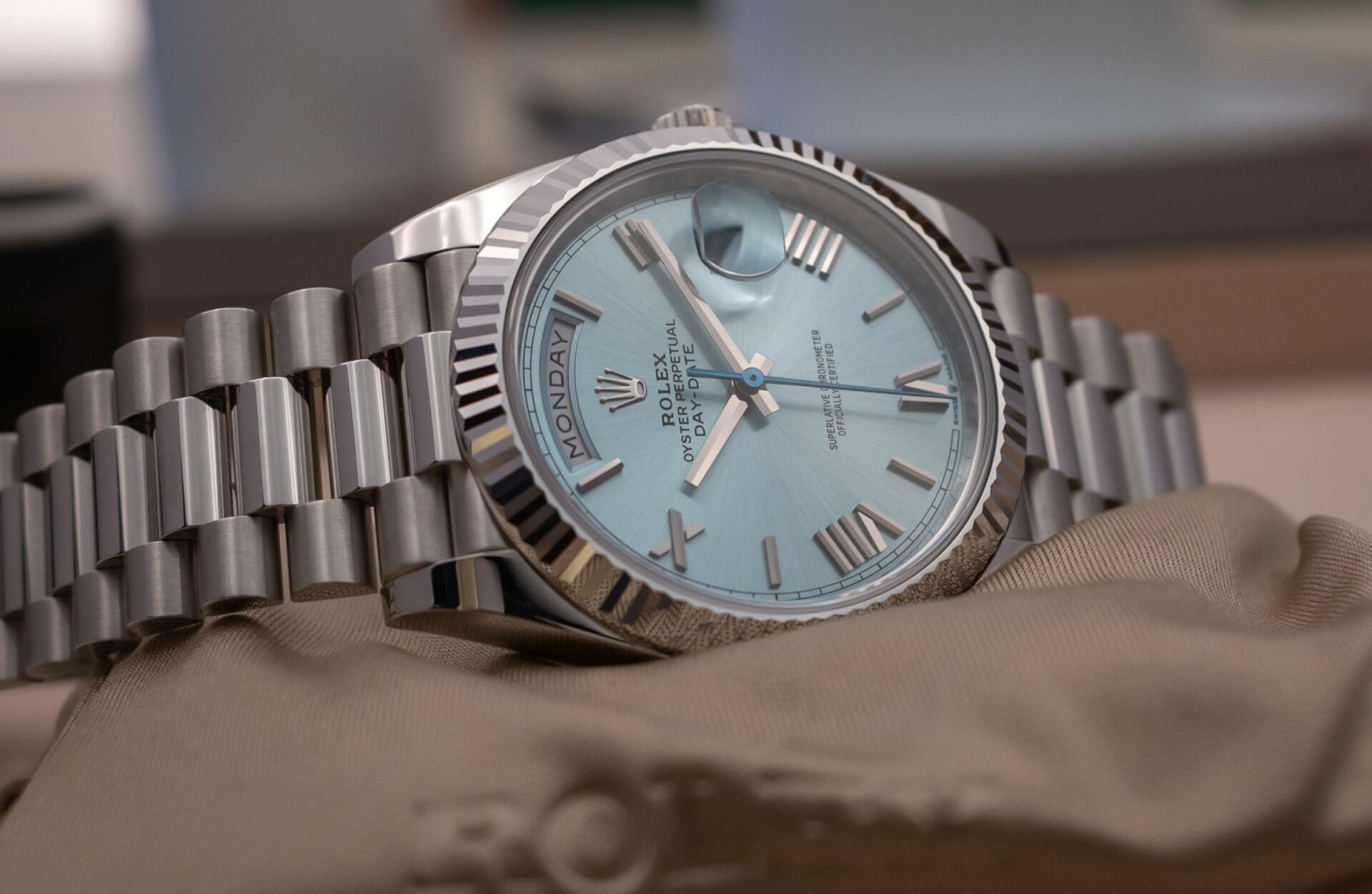“Price on application”: the most annoying three words any watch buyer can ever hear
Luke BenedictusI recently had to write a round-up of 24 of the most intriguing watches of 2022. The brief was for a glossy lifestyle magazine with an upmarket audience and some of the glossiest paper stock you’ll ever see. When it came to the reviews, all the usual suspects were present and correct from Rolex to Patek Philippe. But when I contacted the various brands to confirm the pricing, I encountered a common issue. For more than 20% of the watches I’d reviewed, the brand reps wouldn’t give me a specific price. Instead they’d fob me with the same guarded answer: “price on application”.
For me, that’s always a dispiriting response. Ultimately you want to give readers as much information as possible to help them to buy with greater confidence. Price on application (or POA as it’s usually shortened to), denies you that opportunity. The only thing it communicates is that the watch is probably far more expensive than you can ever afford.

But my limited means isn’t the main reason for my gripe here – I came to terms with the tawdry mess of my finances long ago. No, the reason why POA is so exasperating is that it’s an example of a watch brand actively withholding information for purely self-serving reasons.
With one brand, for example, I already had the US price tag (well over $200,000 USD) and simply asked to clarify the local Aussie price. Apologetically, the brand rep conceded it was their policy not to share any prices over $150,000 AUD. This wilful reticence is particularly aggravating when most brands spend so much time shoving their luxury credentials down your throat. From the handmade craftmanship to the high-end materials and the labour-intensive nature of each piece – these messages are hammered home ad infinitum. All of which makes sense, too. Brands want to demonstrate why they occupy such a special position and can therefore charge the sort of prices that would make a hedge-fund manager wince.

But if you’re determined to go on (and on) about how fancy and luxurious you are, why suddenly get all coy about sharing the price? Partly, I suspect, the brands know that publishing the prices of these watches doesn’t make for the best image. For example, one of the watches that gave me the POA run-around, I found out, actually sells for $405,000 AUD. Now that’s a sum that to a mainstream readership – or indeed any right-minded person – is fairly monstrous and unconscionable. Broadcasting it is therefore not a good look. So I can understand if a watch brand felt a little self-conscious about such a demented sum and preferred the consumer to avert their gaze. But you can’t have it both ways. If you’re feeling sheepish about your six-figure price tag, well, the answer is probably to make a watch that involves fewer diamonds, high complications or whatever other extravagance is raising the price so ludicrously high in the first place.
In addition, ‘price on application” encourages a certain wariness. If a brand is transparent about price it reassures you that everything is fair and above board. When facts are concealed, it may lead to suspicion that there may not be a fixed price in the first place. If, say, five pieces of an ultra-exclusive watch are released and no one has bought one six months later, you’d suspect a brand would be tempted to compromise on the price. Alternatively, if the market is moving really fast, a brand might possibly consider hiking up the price even higher. Whether or not any of this actually happens, POA only fuels those suspicions and creates a climate of mistrust.

To try and get an insider view, I asked a senior player at a major watch retailer to share their views on why brands go down the POA route. “I honestly can’t explain it,” he admitted. “I understand that if a watch is so unattainable then it can become ridiculous to the average reader – I get that aspect. And I get some watch brands have pieces that are ‘off catalogue’ and then it would make sense if their prices are ‘on application’. But with an in-catalogue production item that’s over a certain price point – why do brands avoid sharing the price? I don’t know.”
What’s the solution to this problem? In an ideal world, I suppose, the media should refuse to cover any watch that doesn’t have a specified price. Except that would also deny readers coverage of what are, after all, often some of the most innovative and spectacular watches around. That sky-high price range is where you regularly encounter the real horological envelope-pushers. If you write about watches then it’d be a shame to have to ignore the best in show.




